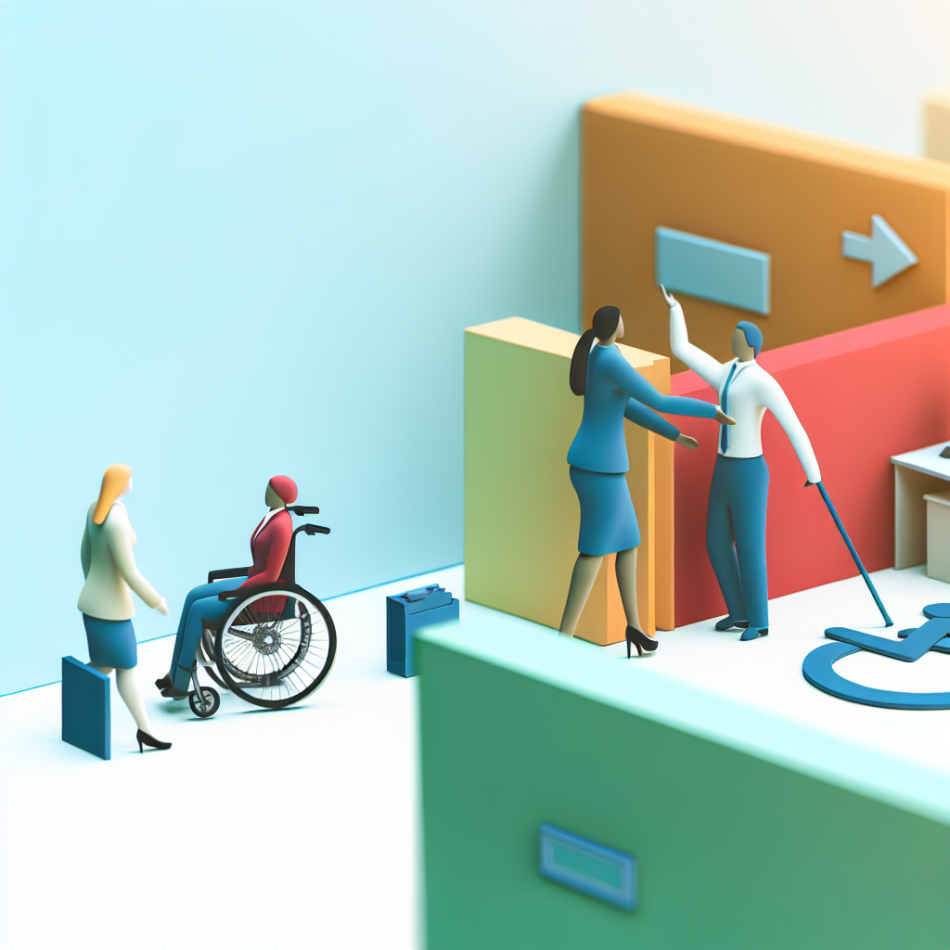The Hidden Reality of Disability in the Workplace
For many people with disabilities, showing up to work is an act of resilience—not proof they’re “fine.” Yet, society often equates employment with wellness, dismissing the daily challenges disabled employees face. This article dismantles the harmful assumption that disability disappears at the office door. We explore invisible struggles, workplace stigma, and the urgent need for inclusive practices that recognise disability as a lived experience, not a productivity hurdle.
The Misconception: “If You Can Work, You Can’t Be Struggling”
The belief that work equates to capability is rooted in ableism. Many assume disabilities are only “real” if visibly severe, ignoring conditions like chronic pain, mental health disorders, or autoimmune diseases. Employees often mask symptoms to avoid judgement, fearing accusations of “faking it.” This pressure to perform “normally” forces disabled workers into exhausting cycles of overcompensation, where success at work comes at the cost of personal health.
Disability Isn’t a Binary: The Fluidity of Ability
Disability is rarely static. Conditions fluctuate daily: someone may manage tasks one week but require accommodations the next. For example, a person with multiple sclerosis might navigate fatigue or cognitive fog unpredictably. Yet, workplaces often design policies around fixed abilities, leaving little room for flexibility. Rigid attendance rules or uniform productivity metrics fail those whose capabilities vary, reinforcing the myth that disability is a “full-time” limitation.
The Invisible Burden of “Passing” as Able-Bodied
Many disabled workers expend immense energy to “pass” in ableist environments. This might involve:
- Hiding mobility aids to avoid drawing attention.
- Suppressing pain during meetings to appear “professional.”
- Avoiding disclosure out of fear of career repercussions.
This performative effort is mentally and physically draining, yet employers rarely account for it. When disabilities are invisible, labour—both emotional and physical—often goes unrecognised.
Workplace Stigma and the Pressure to Prove Disability
Even when disclosed, disabilities are frequently met with scepticism. Colleagues may downplay needs, saying, “But you seemed fine yesterday!” Such comments invalidate lived experiences and imply disabilities must be “earned” through constant visibility. This stigma discourages requests for accommodations, perpetuating a cycle of burnout. Worse, formal requests often face bureaucratic delays, leaving employees unsupported during critical periods.
Redefining Productivity: Beyond Ableist Metrics
Traditional productivity metrics prioritise speed and consistency, disadvantaging those with energy limitations or focus challenges. Inclusive workplaces measure output quality over rigid timelines. For instance:
- Flexible hours to accommodate fatigue or medical appointments.
- Task variety to prevent overexertion in repetitive roles.
- Quiet workspaces for neurodivergent employees.
Such adaptations don’t lower standards—they expand access to talent.
Building Truly Inclusive Work Cultures
Inclusion requires proactive change, not performative policies. Employers must:
- Train staff on disability literacy, addressing unconscious biases.
- Create open channels for accommodation requests without retaliation.
- Audit physical and digital spaces for accessibility barriers.
Additionally, involving disabled employees in policy design ensures solutions meet real needs rather than ticking compliance boxes.
Conclusion: Disability Exists Beyond the Performance of Wellness
Disability doesn’t vanish when someone enters the workplace—it shapes their entire experience. Dismissing struggles because an employee “seems fine” erases their reality and upholds harmful stereotypes. True inclusion demands recognising fluctuating abilities, dismantling stigma, and redesigning systems that equate productivity with worth. By centring empathy over efficiency, workplaces can become spaces where disabled individuals thrive, not just survive.
